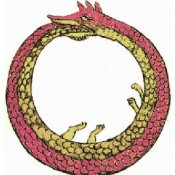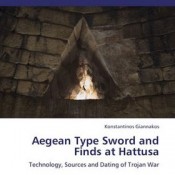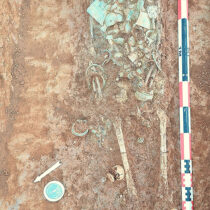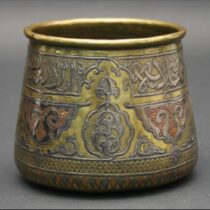Archaeologists at the Brno City Museum have uncovered a highly significant fragment of bronze armour dating from approximately 3,200 years ago—coinciding with the era traditionally associated with the Trojan War.
The artefact was found at an undisclosed location in the South Moravian Region, alongside a spearhead, a sickle, and various metal fragments. Experts believe these items were deliberately deposited, possibly as a ritual offering.
One of the most extraordinary finds is a sheet of bronze identified as part of a warrior’s breastplate.
Thanks to advanced 3D-scanning and digital reconstruction techniques, specialists were able to “unfold” the fragmented sheet metal. The result: a virtual restoration revealing intricate decorative patterns—most notably a punched solar motif encircling the nipple area, bordered by triangular embellishments in a wave-like embossed design.
This makes it only the second known Bronze Age breastplate discovered in the Czech Republic.
Zbyněk Šolc, the museum’s director, underscored the vital role of public collaboration—both with professionals and local finders—in helping preserve historically valuable objects.
Dr. Aleš Navrátil emphasized that such discoveries not only highlight the region’s prehistoric significance but also benefit from long-term partnerships, affirming South Moravia’s place in European prehistory.
Dated to around 1200 BCE, this find aligns with the traditional dating of the Trojan War. During this period, bronze weaponry was a symbol of elite status, requiring exceptional metallurgical artistry.





